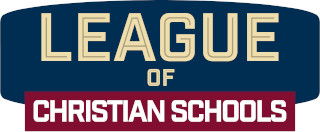From our friends at Council for American Private Education (CAPE):
Most private school leaders are by now familiar with the Emergency Assistance to Non-Public Schools program (EANS), passed by Congress in December 2020 to provide private schools with emergency access to COVID related products and services. A second iteration of EANS was passed in March of 2021, often called EANS II or ARP EANS.
A key difference between EANS I and EANS II concerns the family income threshold for participation. Whereas under EANS I, SEAs were directed to “prioritize services or assistance to non-public schools that enroll low-income students,” under EANS II, states are to “provide services or assistance to non-public schools that enroll a significant percentage of low-income students.”
This summer, the Department of Education took an unfortunate step when it announced that a non-public school will have satisfied this new “significant percentage” requirement if the percentage of students from low-income families enrolled in the school meets or exceeds 40 percent. This of course would eliminate most private schools in the country from participation in the one program Congress specifically passed to help private schools weather the COVID storm.
However, the Department did offer a possible mitigation. State governors, who must apply to the U.S. secretary of education for the EANS funds, were allowed the opportunity to propose an alternate significant poverty percentage based on the circumstances in that governor’s state. Crucially, the secretary of education must approve such a proposed alternate percentage.
Governor’s applications to the secretary were due in last month, and the Department is starting to make decisions. As always, LCS will provide information and updates on how this important program will be administered.


